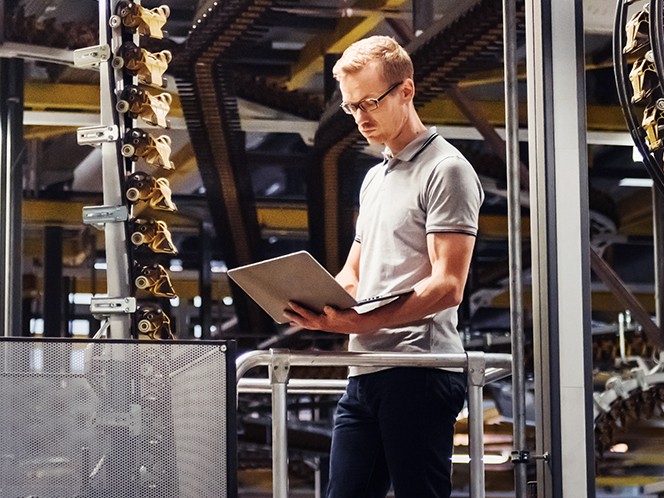Business Continuity in a Post-COVID-19 World
If ever there was a time when business continuity should be at the top of the boardroom agenda, it is now. How the world does business was changing before the outbreak of COVID-19, yet what we have seen in recent months has accelerated this metamorphosis beyond all recognition. But, if there is a positive to be taken from it all, it is that it has forced the hand of entire sectors to embrace innovative digital platforms available to facilitate a way of working that keeps both people connected and agile, and more importantly, safe.

Cloud at the core
From the speed of modern business to the rapid response to COVID-19 enabling millions of people to work remotely, it’s hard to imagine a world without cloud technology. At no other point in time has there ever been such a need for the instant availability of IT resources enabled by the cloud than during this pandemic. The cloud transforms connectivity between people and businesses on a global scale. Cloud is everywhere; in our vehicles, on our television screens, in our phones and the user benefits of cloud computing include rapid deployment, high scalability, and flexible pricing. Furthermore, it enables businesses to spend fewer financial resources on IT and less time on installing new IT capabilities as capacity if needed can be added through a self-service portal via the internet.
Without the cloud, many organizations couldn’t do many of the things they do every day—a list that has grown exponentially during this global COVID-19 pandemic.
Empowering workers
Today, employees do not need to be onsite as the modern industrial organization is connected.
This is because there are emerging technologies like big data, artificial intelligence, machine learning, and virtual reality that have not only opened the door to remote access but also led to the advent of the digital twin - a virtual replica of machinery and factories - all powered by data. This means management, maintenance, and control of machinery can be done digitally. Using 3D modeling and advanced engineering and visualization tools, sophisticated tasks can continue via an effective operational dashboard.
Protecting assets
These technologies are also having a major impact on industrial operating assets too, most notably in the reduction of downtime. Despite the challenges that the pandemic has brought, there is little doubt that only a few years ago it would have been much worse. When it comes to operational equipment, the choice would have been an over exposure of the staff to virus risk, or an enforced shut down for a longer the necessary period - neither ideal. But long before the world had heard of COVID-19, Asset Performance Management (APM) was being deployed by organizations to deal with precisely this challenge.
Combining industrial big data, Cloud, AI, digital twin, and AR technologies, APM means organizations can monitor their assets to identify, diagnose, and prioritize impending equipment problems — continuously and in real time. This enables companies to reduce unscheduled downtime, prevent equipment failures, reduce maintenance costs, increase asset utilization, extend equipment life, and identify underperforming assets.
Safeguarding long term business continuity
These innovations are the tip of the iceberg when it comes to the cross section of industry and technology. If there is something optimistic to be taken from the current situation, it is that it has driven great solutions that can safeguard long-term business continuity to the top of the agenda.
It’s a subject we’ve covered in depth in the most recent edition of The Record - the in-house magazine for Microsoft and its partners. You can read the original article in full, along with loads of other great content here.